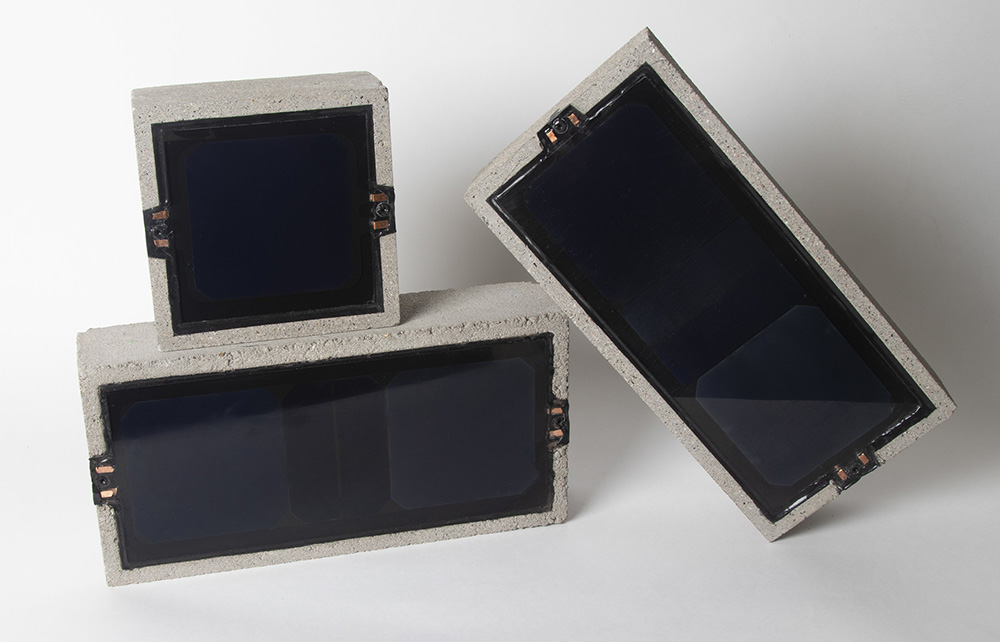News: Green Buildings
Posted: December 22, 2011
By Jennifer Bernazani-Ludlum - Crafting a green lease
Both landlords and tenants can reap benefits from pursuing sustainable initiatives. Landlords can broaden their tenant audiences, increasing occupancy rates and per square foot income leading to a greater ROI. Tenants can achieve operational cost savings and public image points that appeal to new clients and talented employees. Nevertheless little has been done to incorporate sustainability into commercial leasing via the green lease.
One key issue hindering the greening of the commercial market is the "split incentive". In a traditional net lease, there is little incentive for a landlord to make capital improvements to increase efficiency, since the landlord pays the up-front costs of improvements, but the tenant benefits from reduced operating expenses. Even in leases that do allow for capital improvement costs to be passed to tenants, the time frame for recovering those costs can stretch out for years, which is rarely sufficient financial incentive for the landlord.
There are a number of green lease forms available from trade associations and government agencies including BOMA and USGBC. Though useful in identifying issues, many templates have a decidedly pro landlord or pro tenant slant, which can lead to negotiations that effectively nullify or eliminate the green terms. Such forms also often include vague and unquantifiable performance objectives that are not capable of showing if improvements are actually meeting efficiency goals.
Lease terms recently crafted in New York City have been touted as resolving the "split incentive." The lease permits the landlord to include a percentage of capital expenses, independently verified to increase energy efficiency, in the operating expenses passed on to the tenant over a projected payback period. This model allows the tenant to achieve greater efficiency and ultimately lower operating expenses, while simultaneously shortening the amount of time it takes the landlord to recoup its investment. This language, which was developed in the private sector, has since been adopted by city agencies for all new commercial office space leased in New York City.
The New York model shows that the first step to getting over the hurdle to implementing green leases is a commitment to engage in a dialogue that acknowledges both parties' objectives. Such collaborative thinking will hopefully result in more tools being crafted to translate green intentions in New England into green leases that work.
Jennifer Bernazani-Ludlum is an attorney with Ferriter Scobbo & Rodophele PC, Boston.
Tags:
Green Buildings
MORE FROM Green Buildings
Bridgeport implements energy efficiency plan with utility partners and regional business council
Bridgeport, CT The flurry of economic development and urban revitalization across the city has cultivated a renewed interest in updating municipal, residential and commercial properties to be more efficient and sustainable. Since 2018, city officials have partnered





